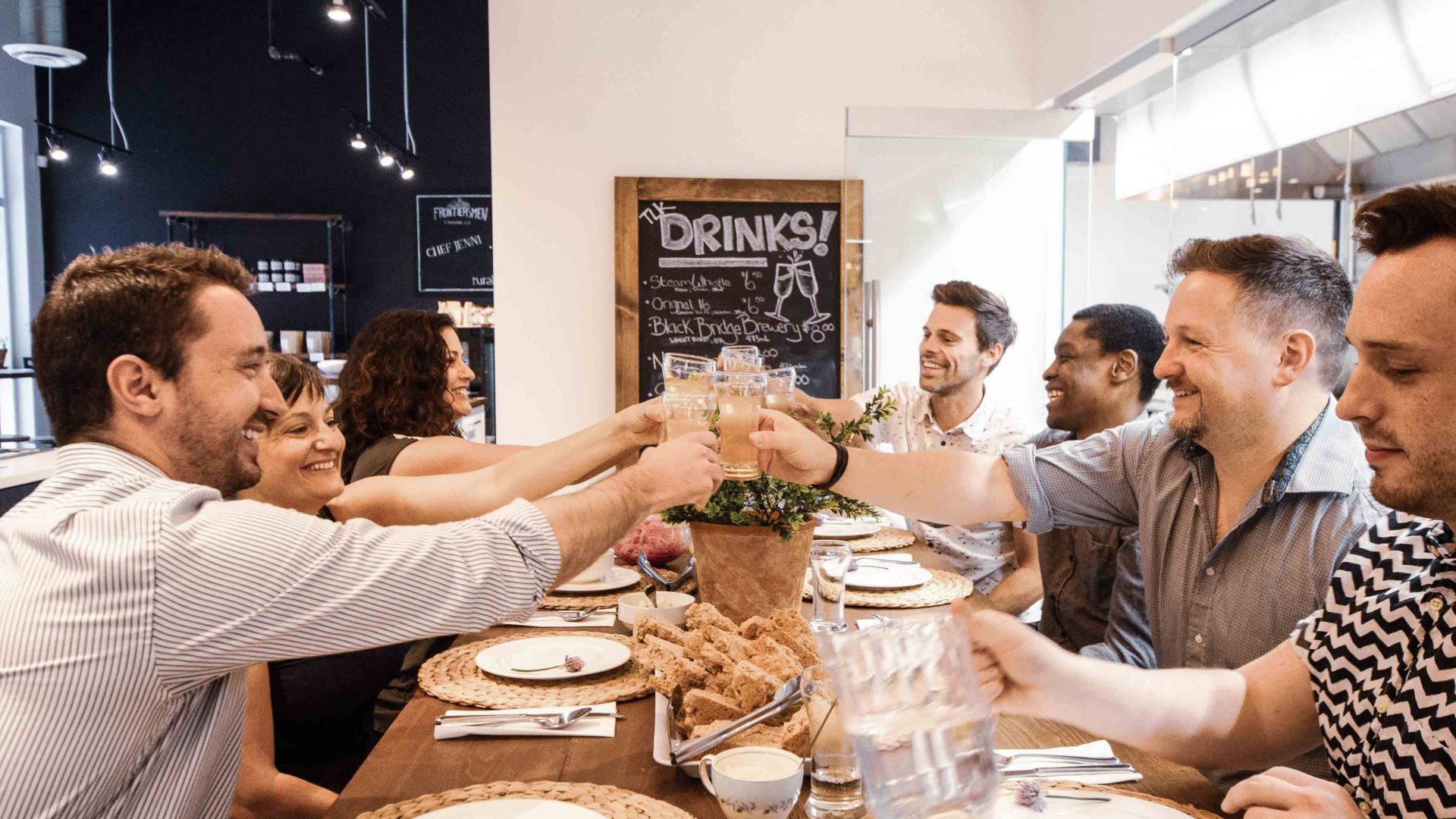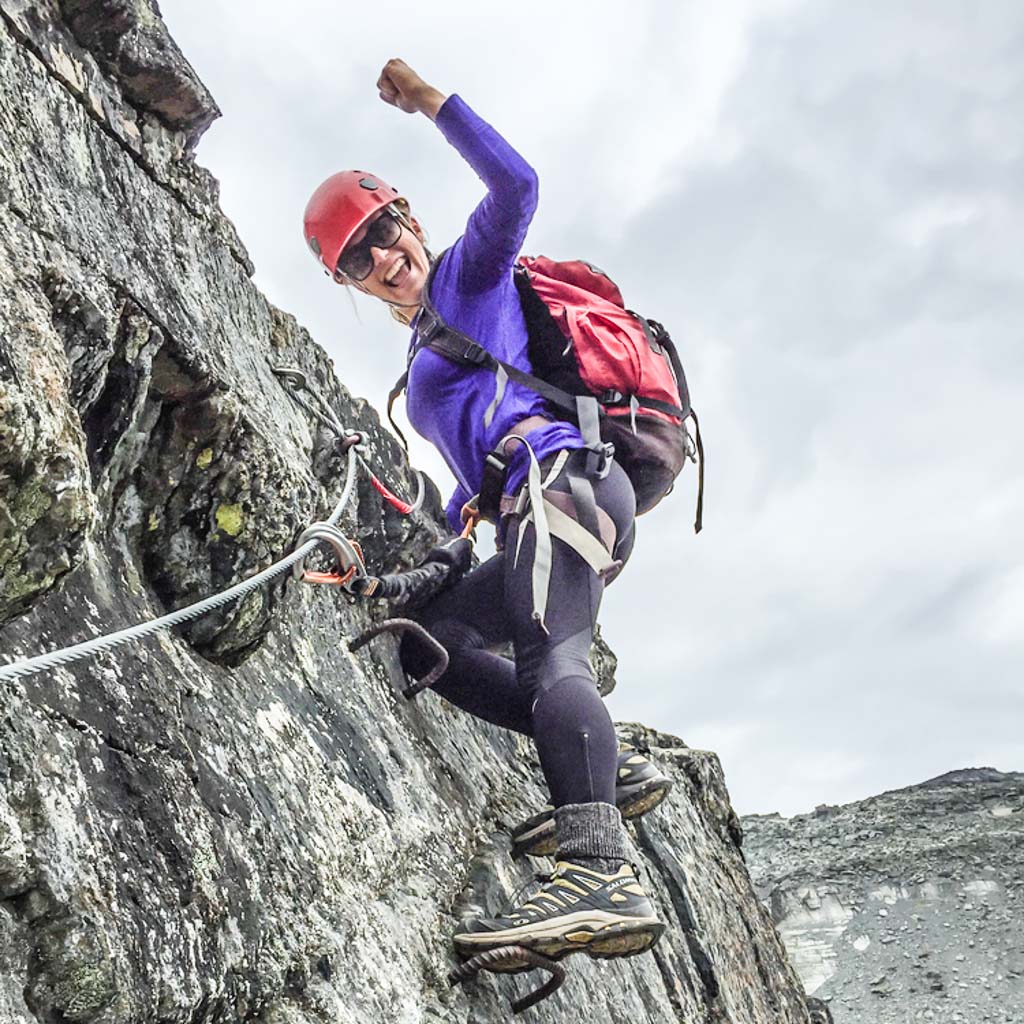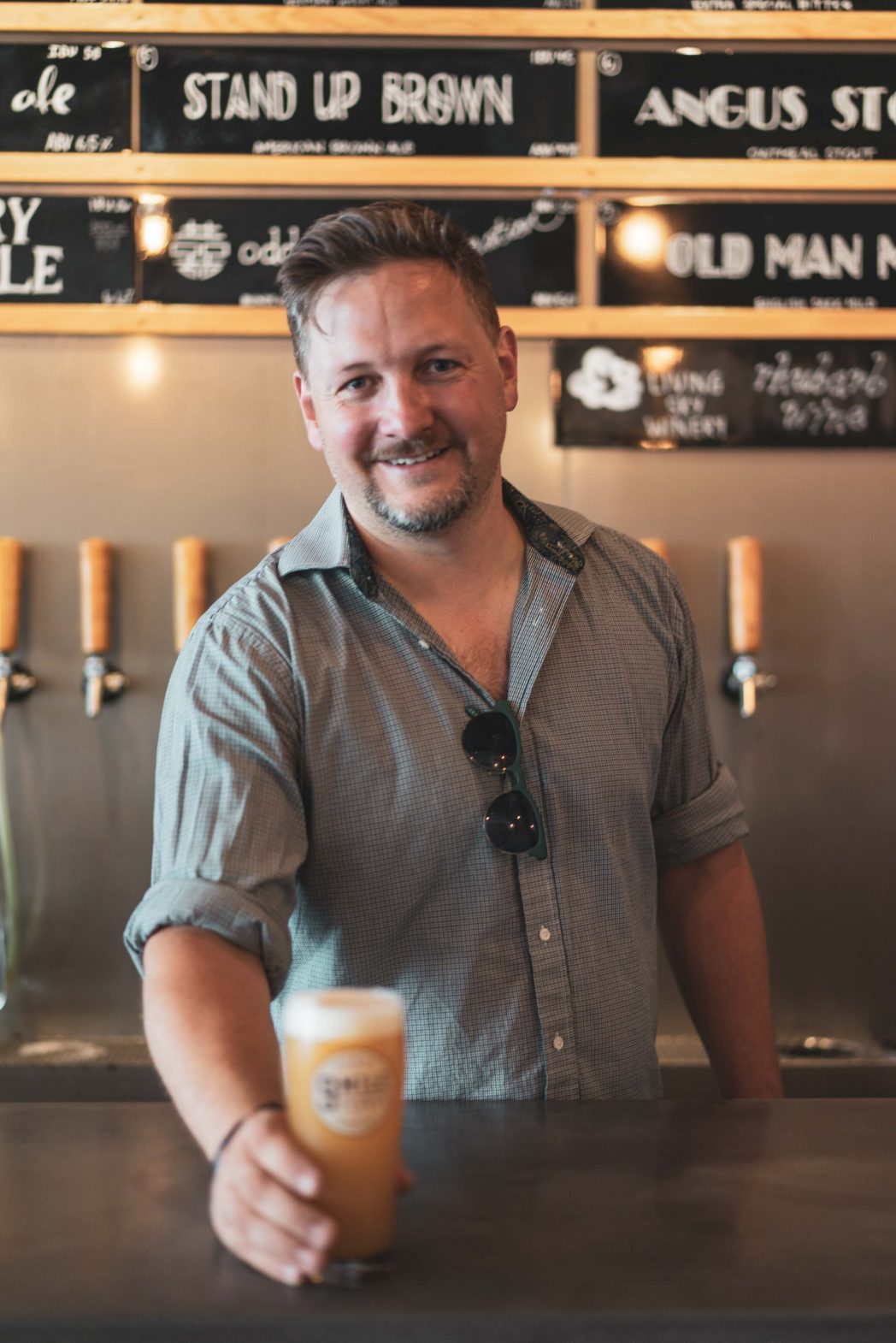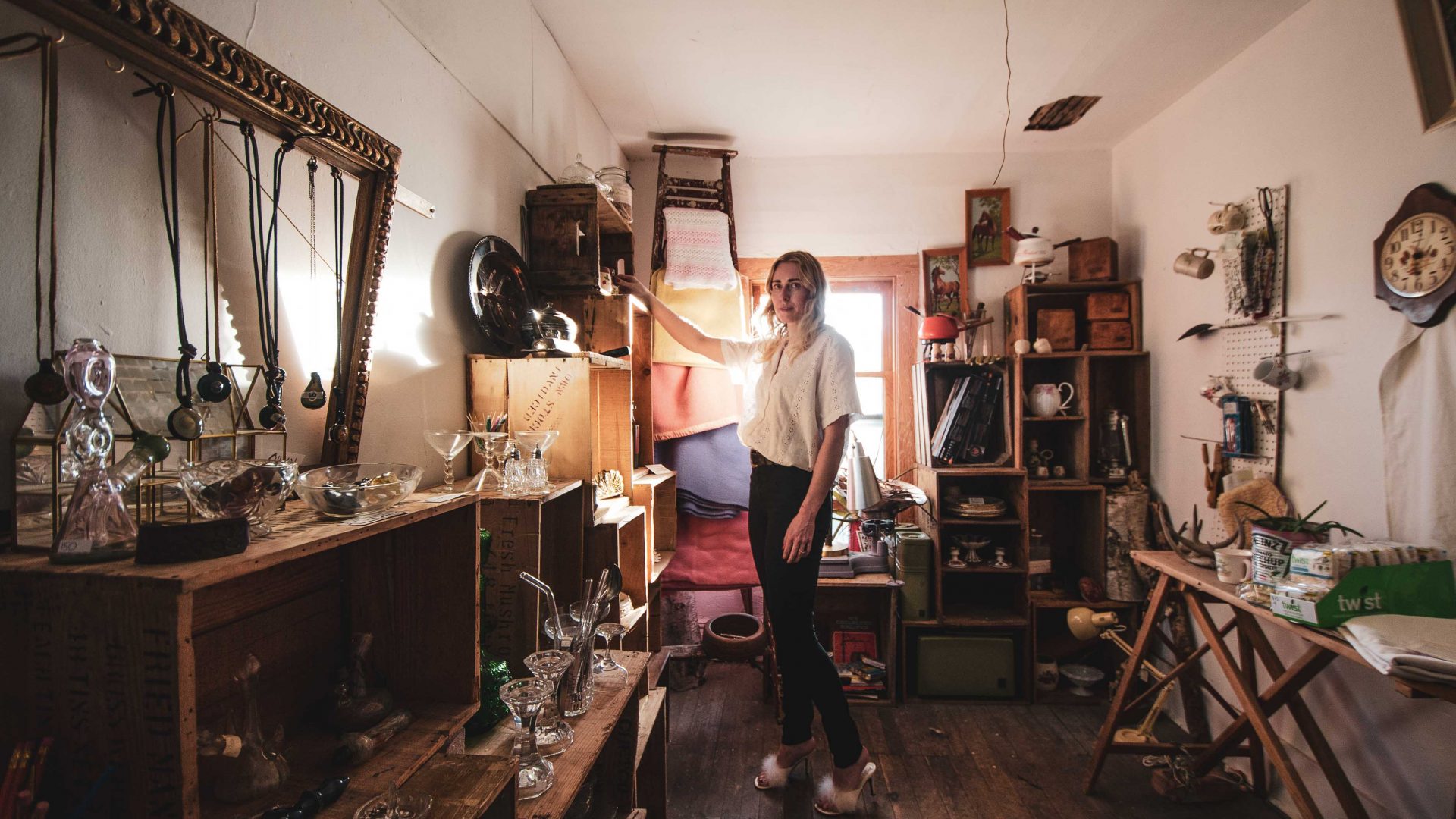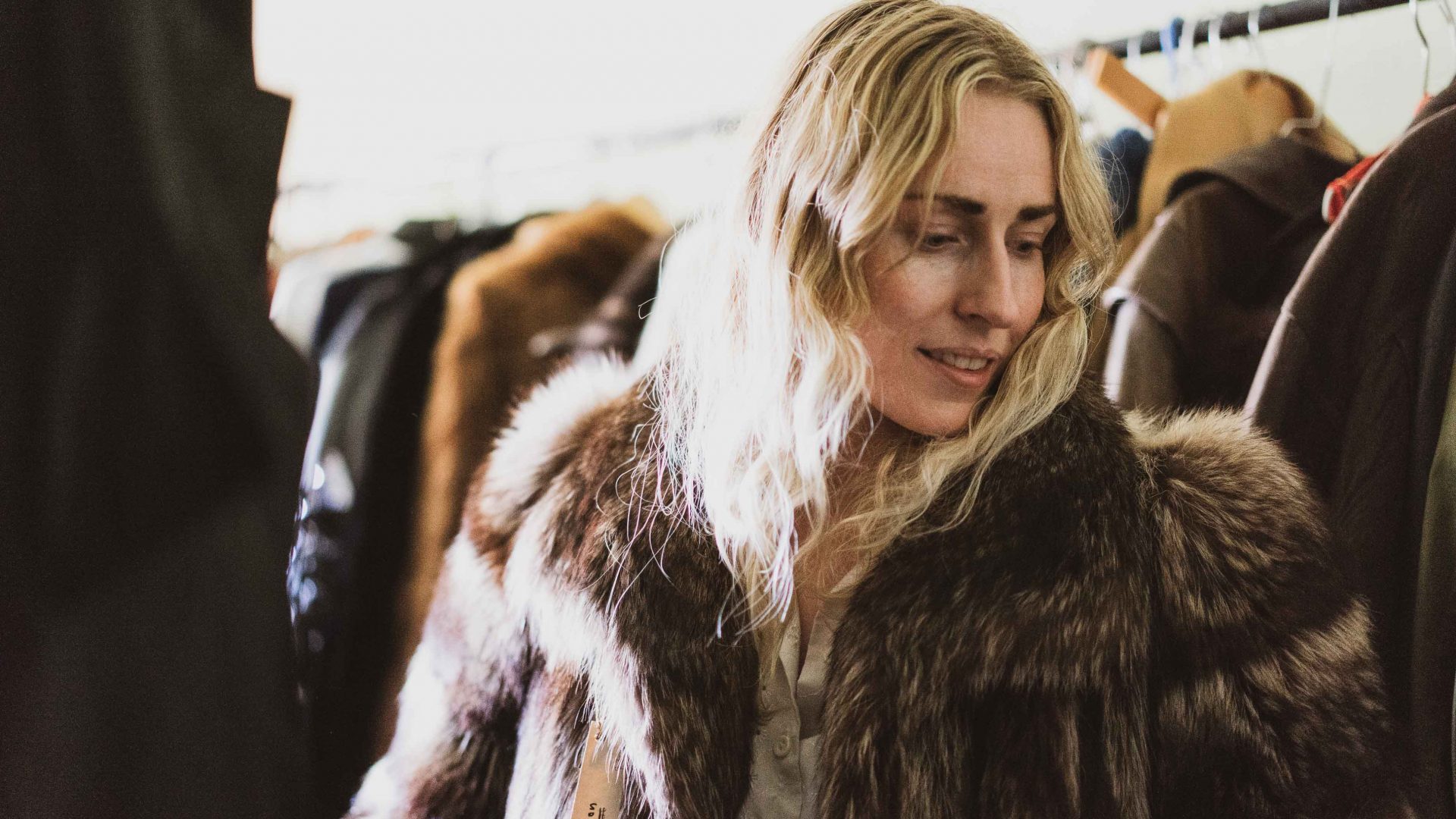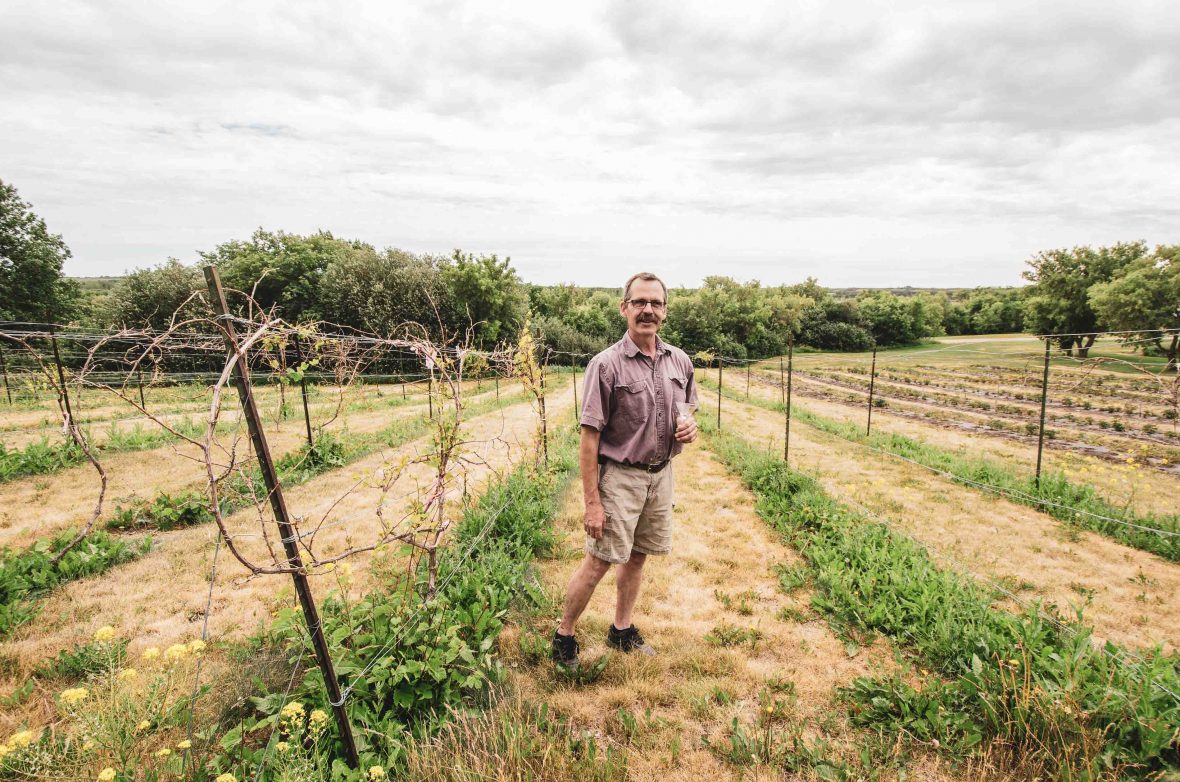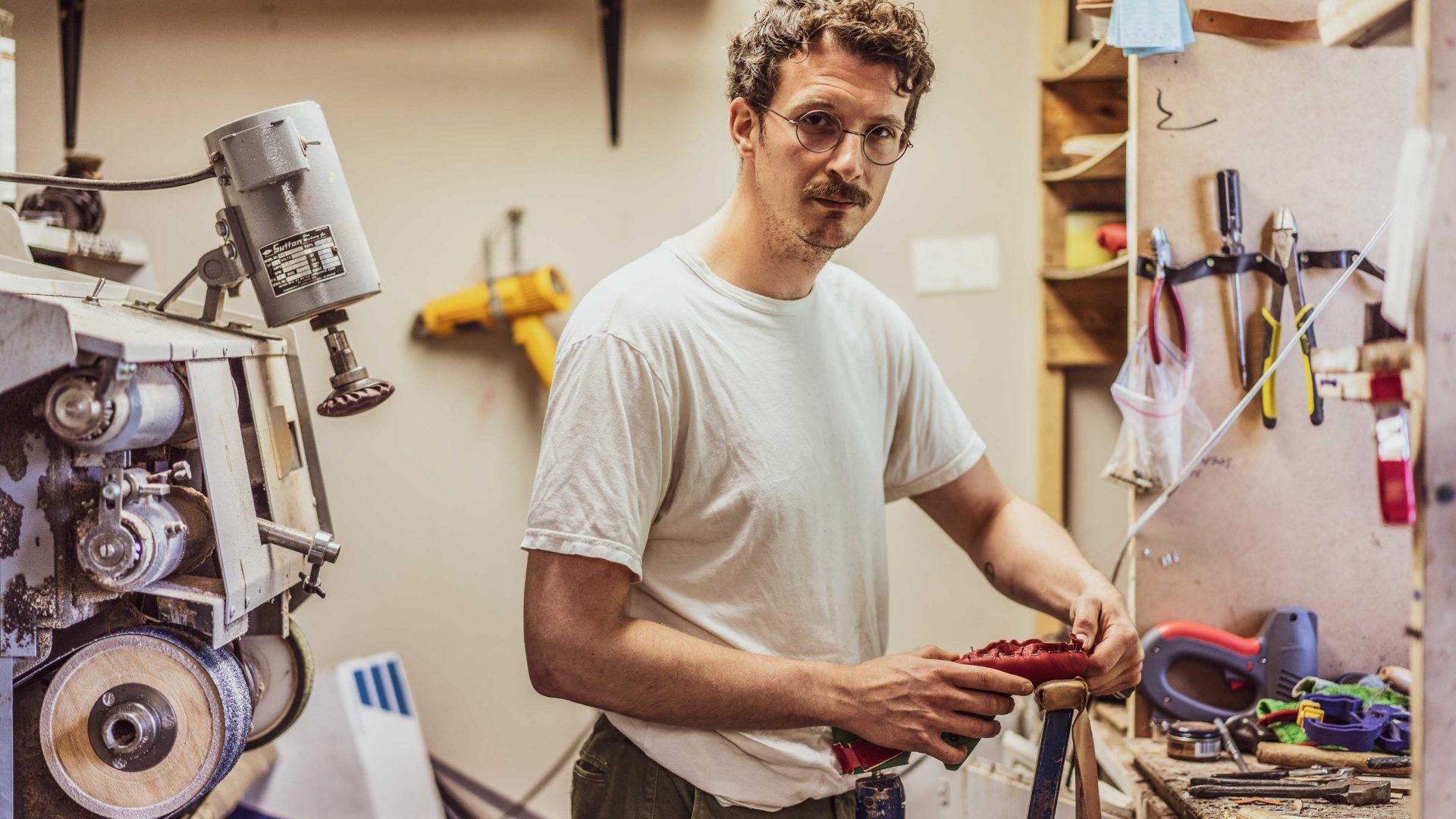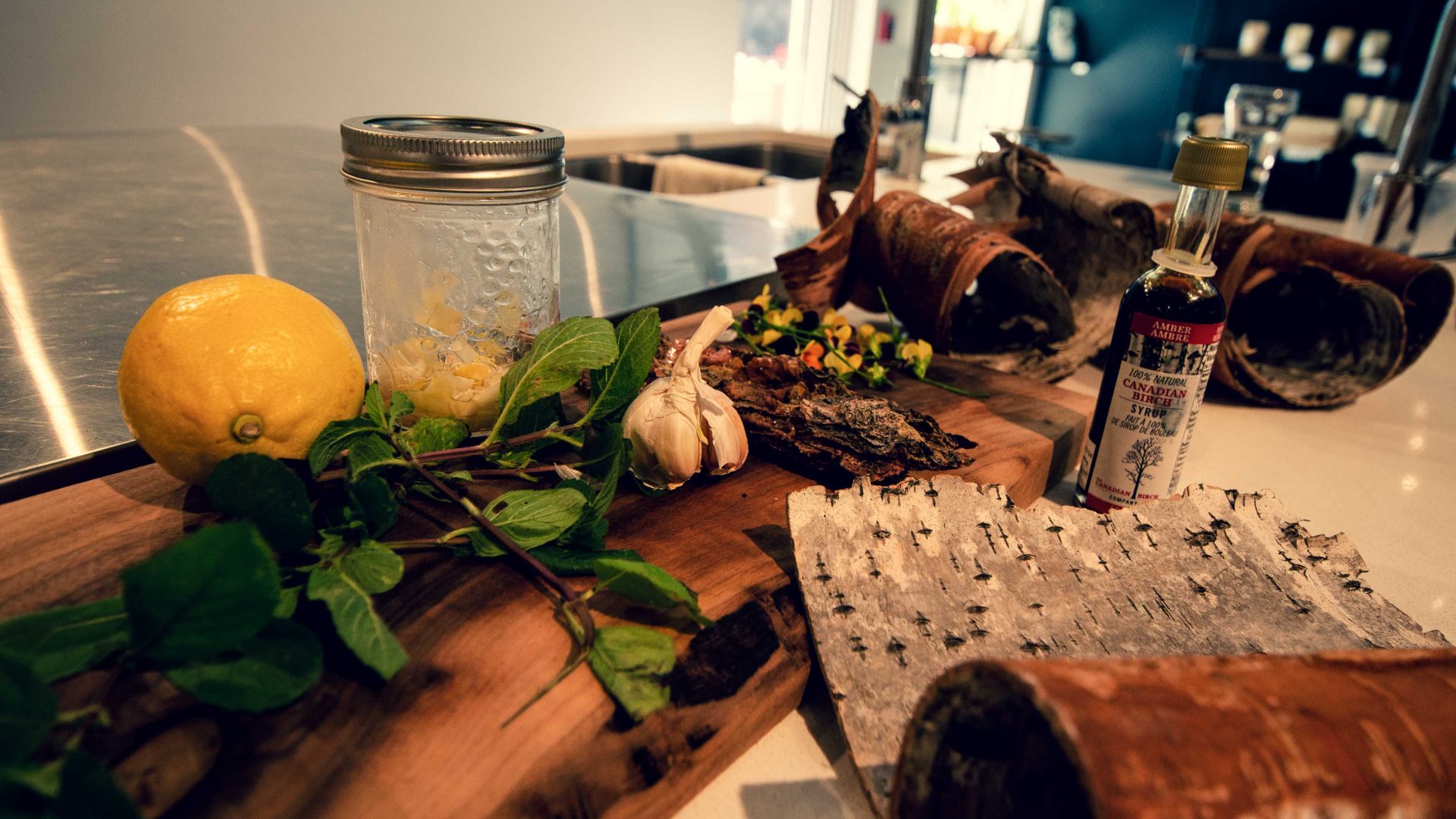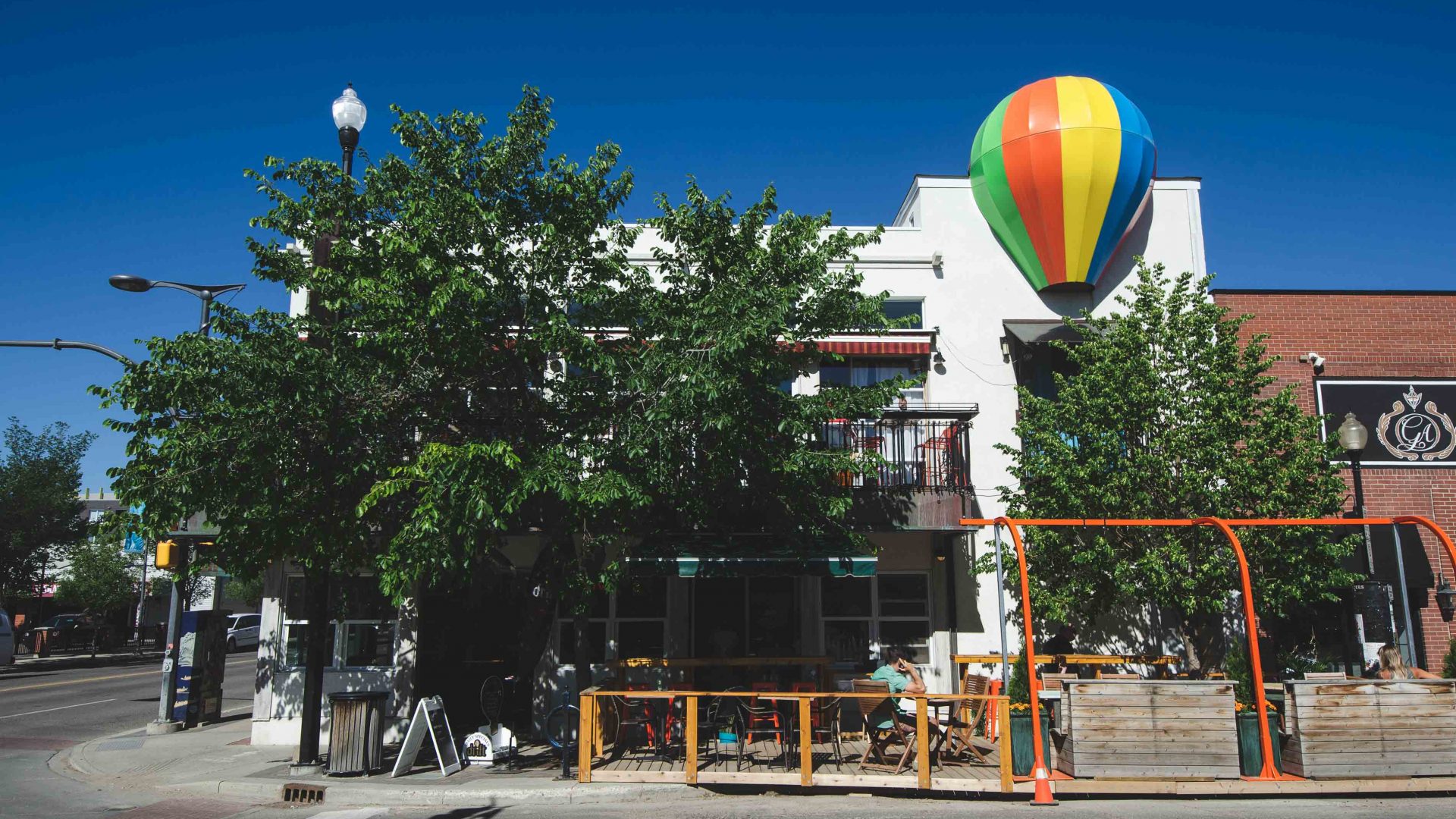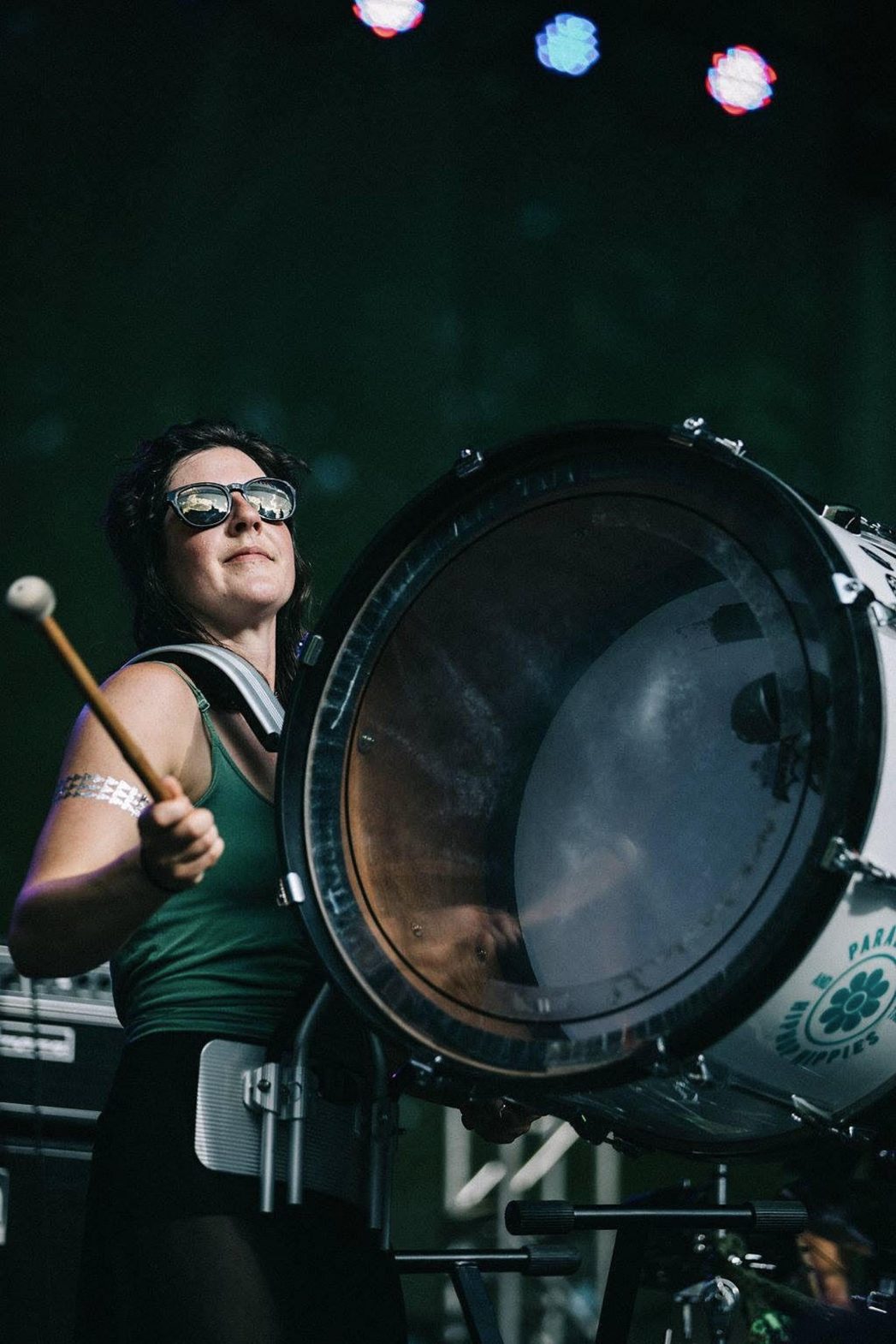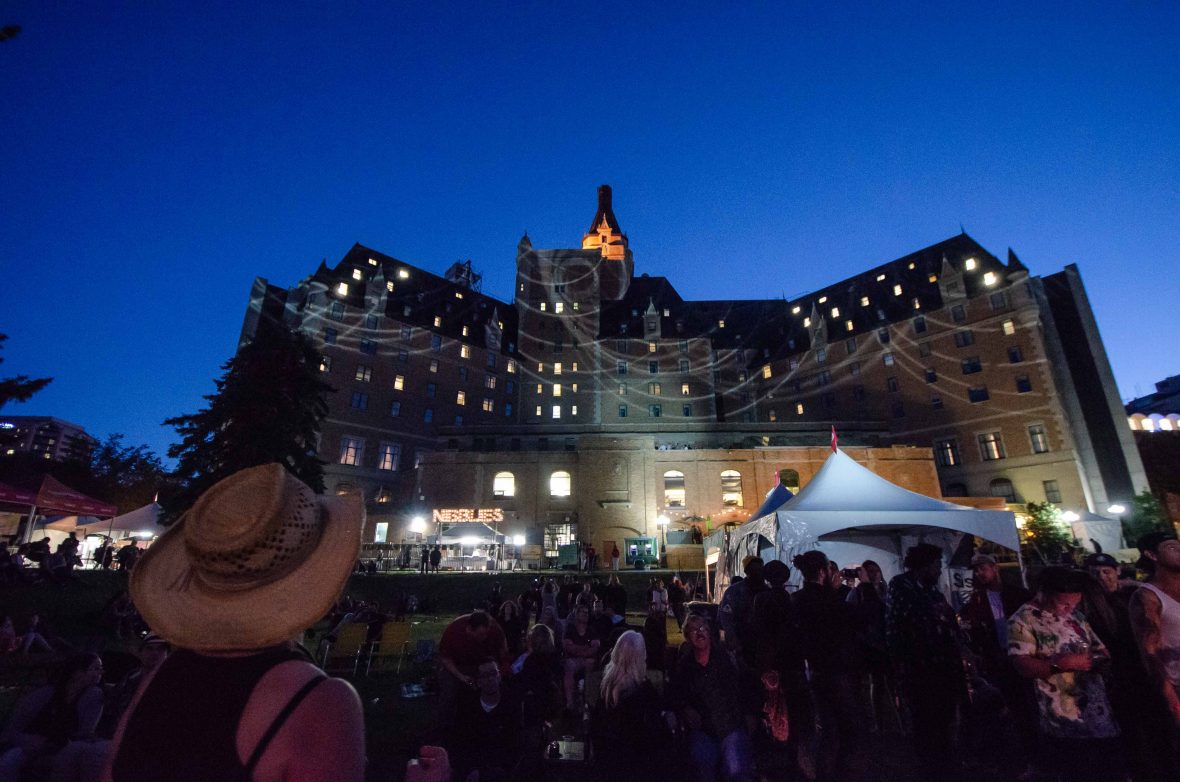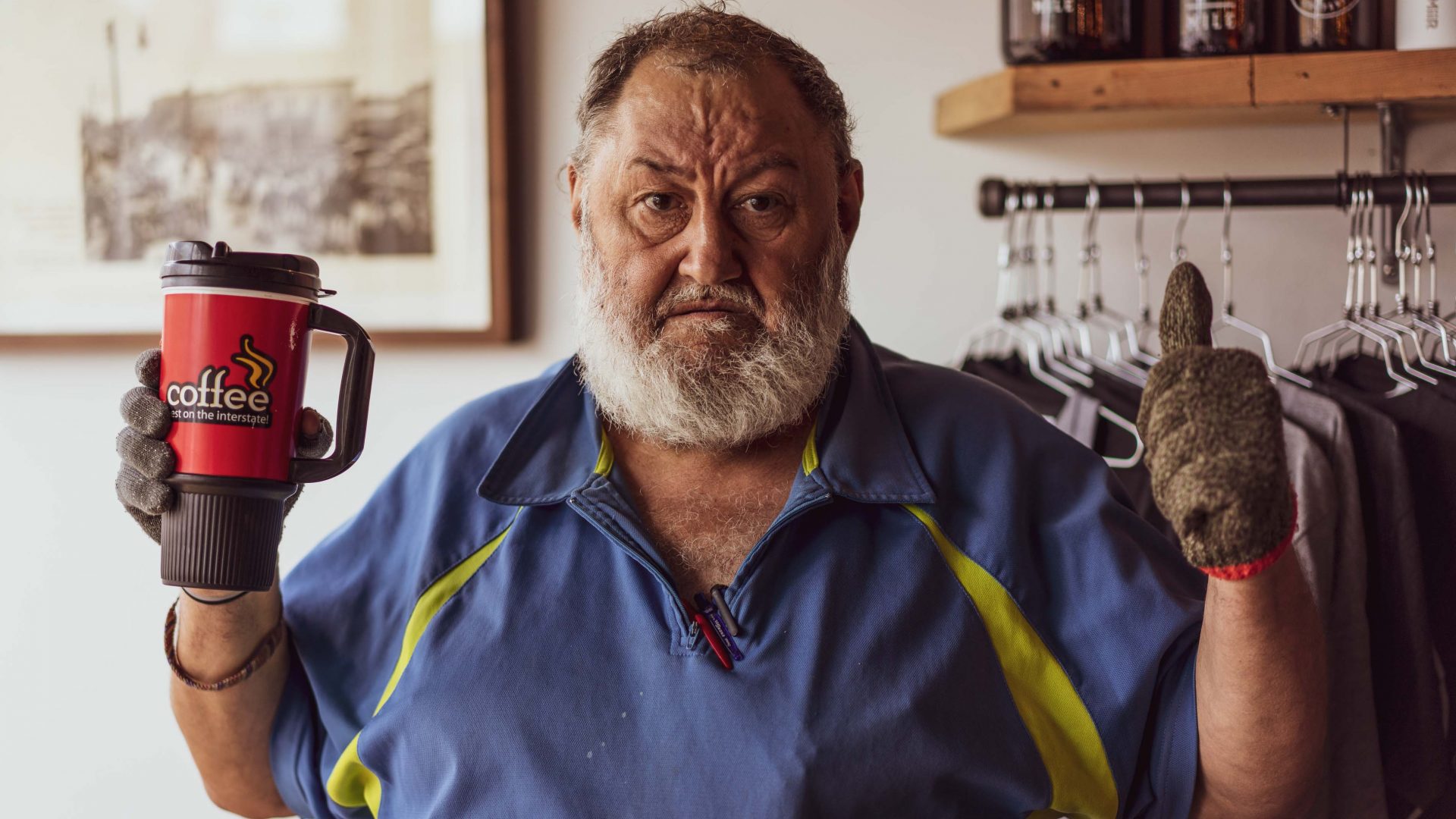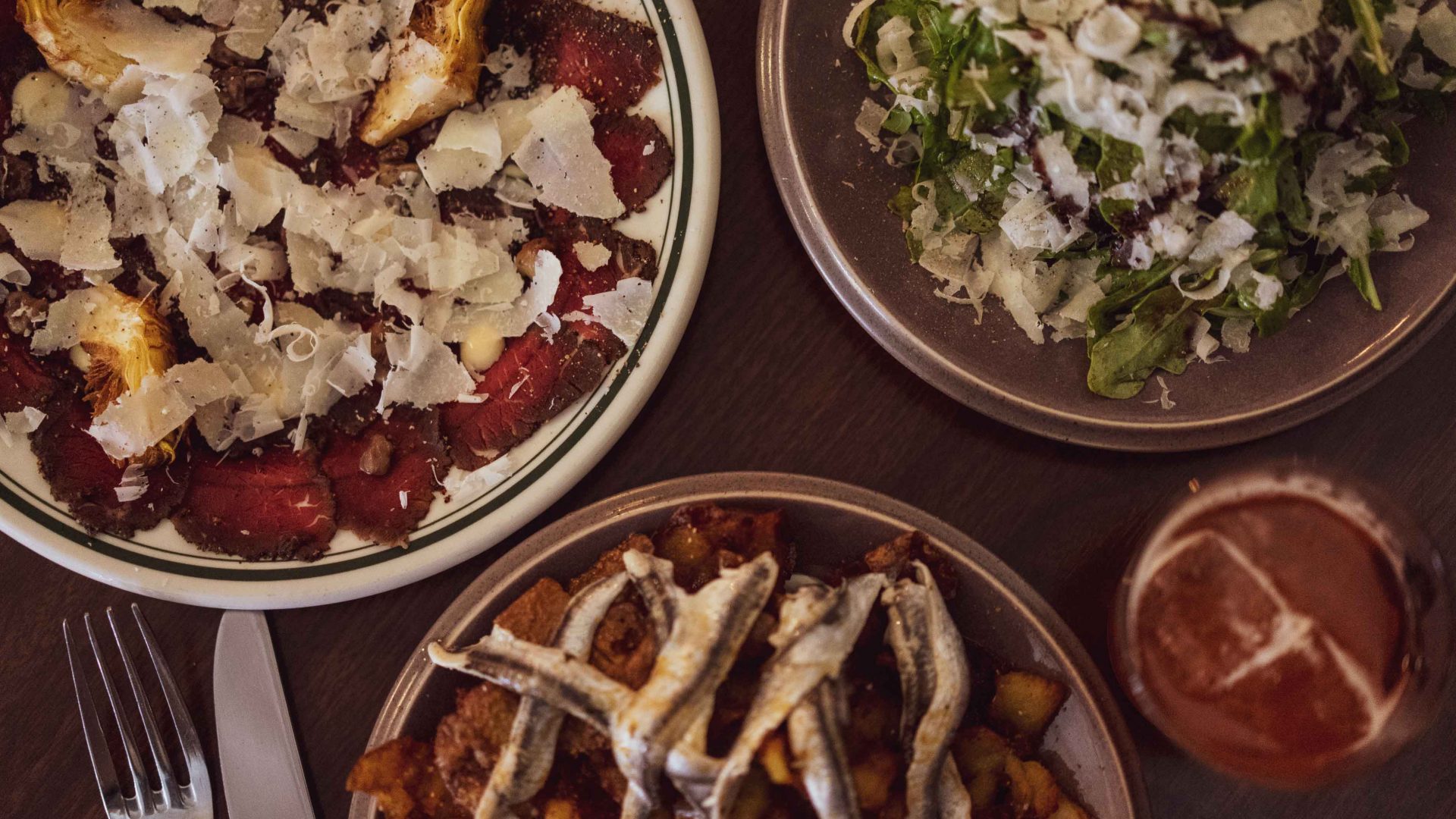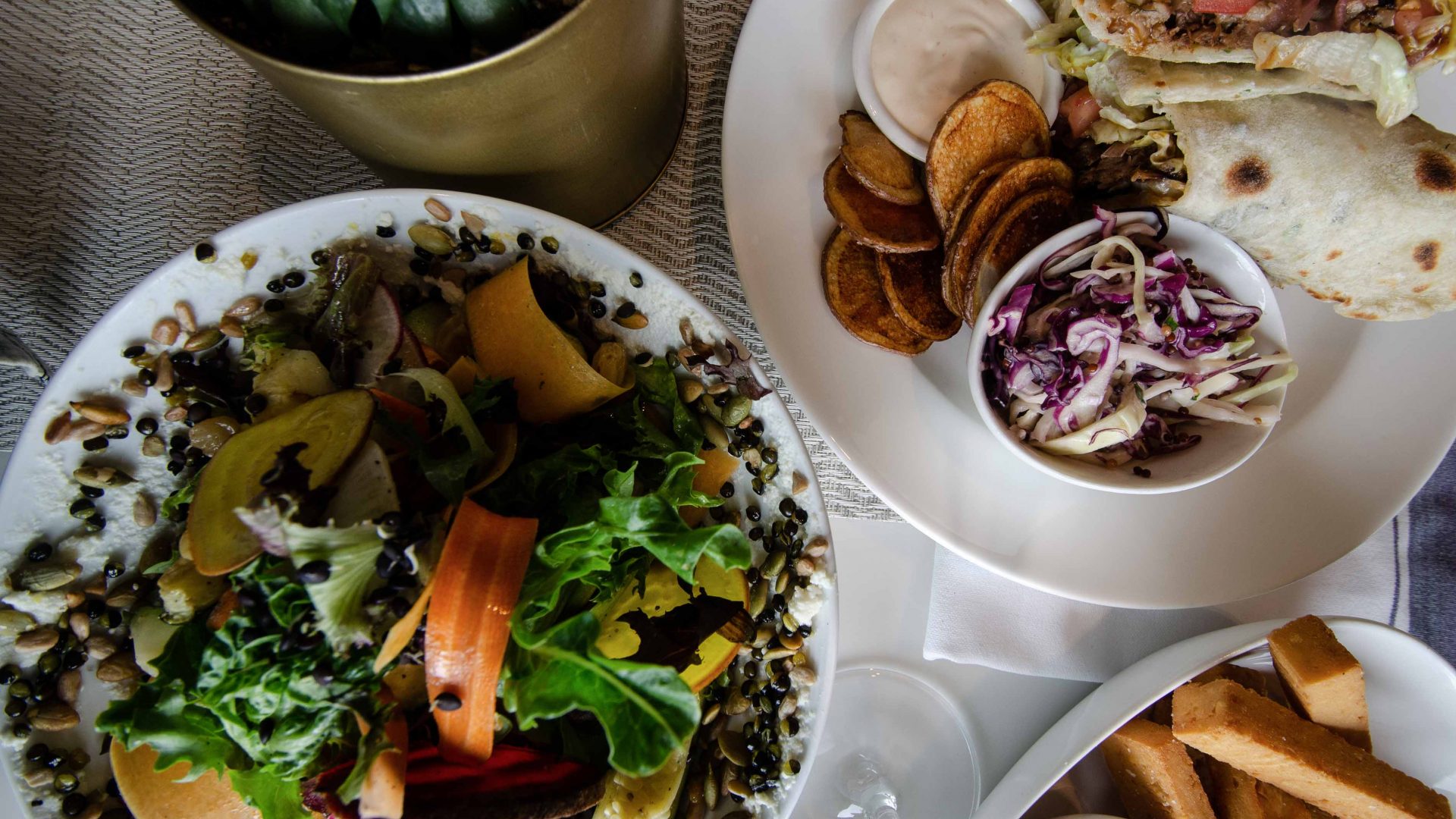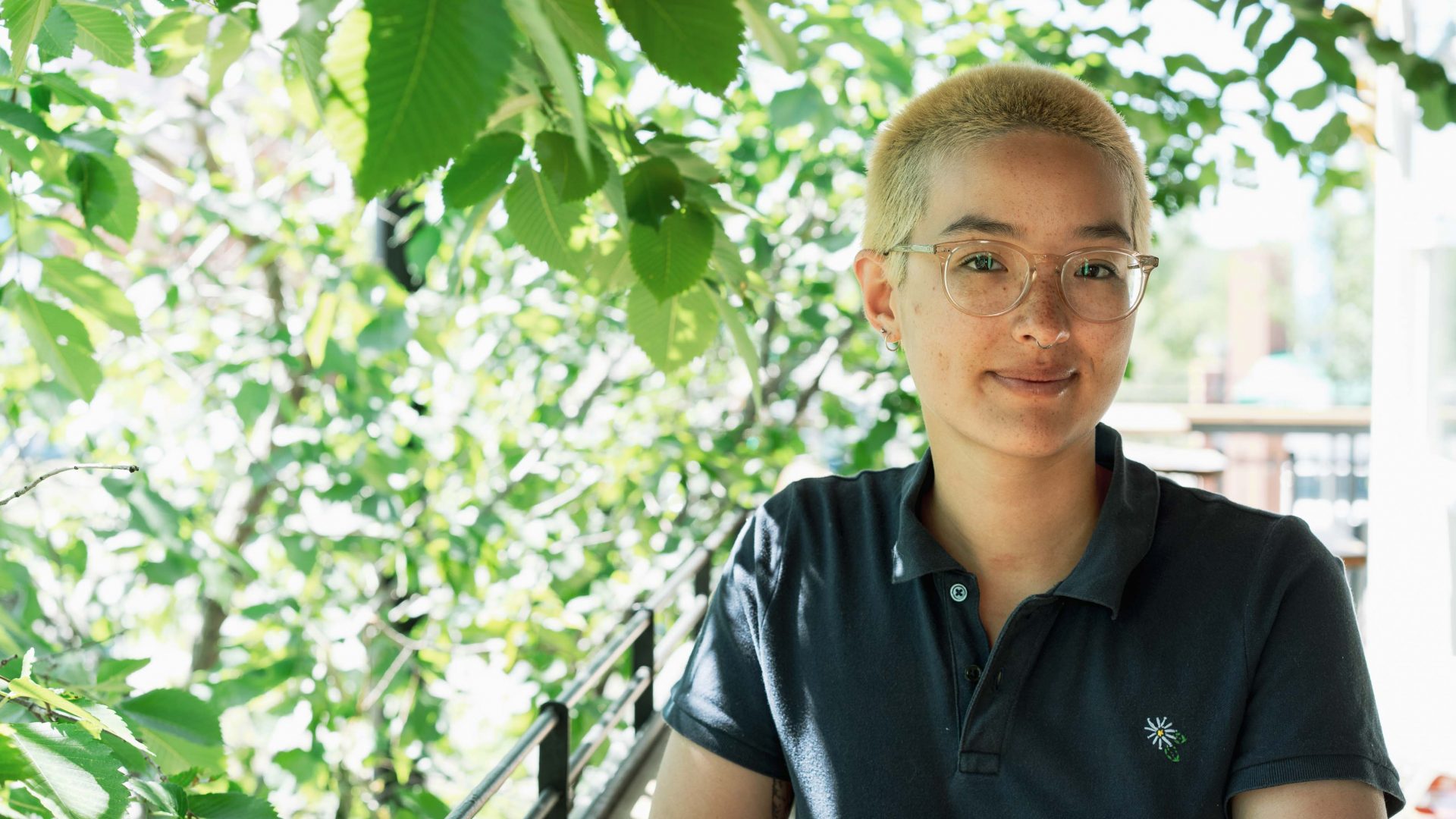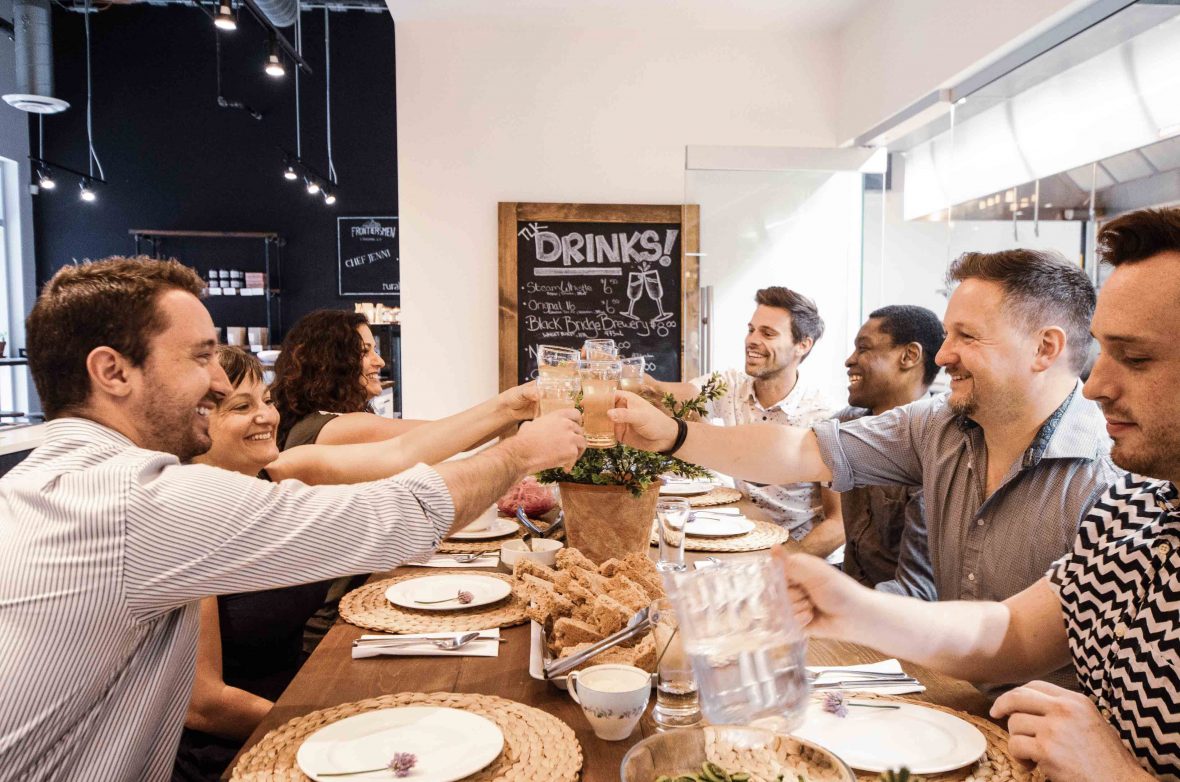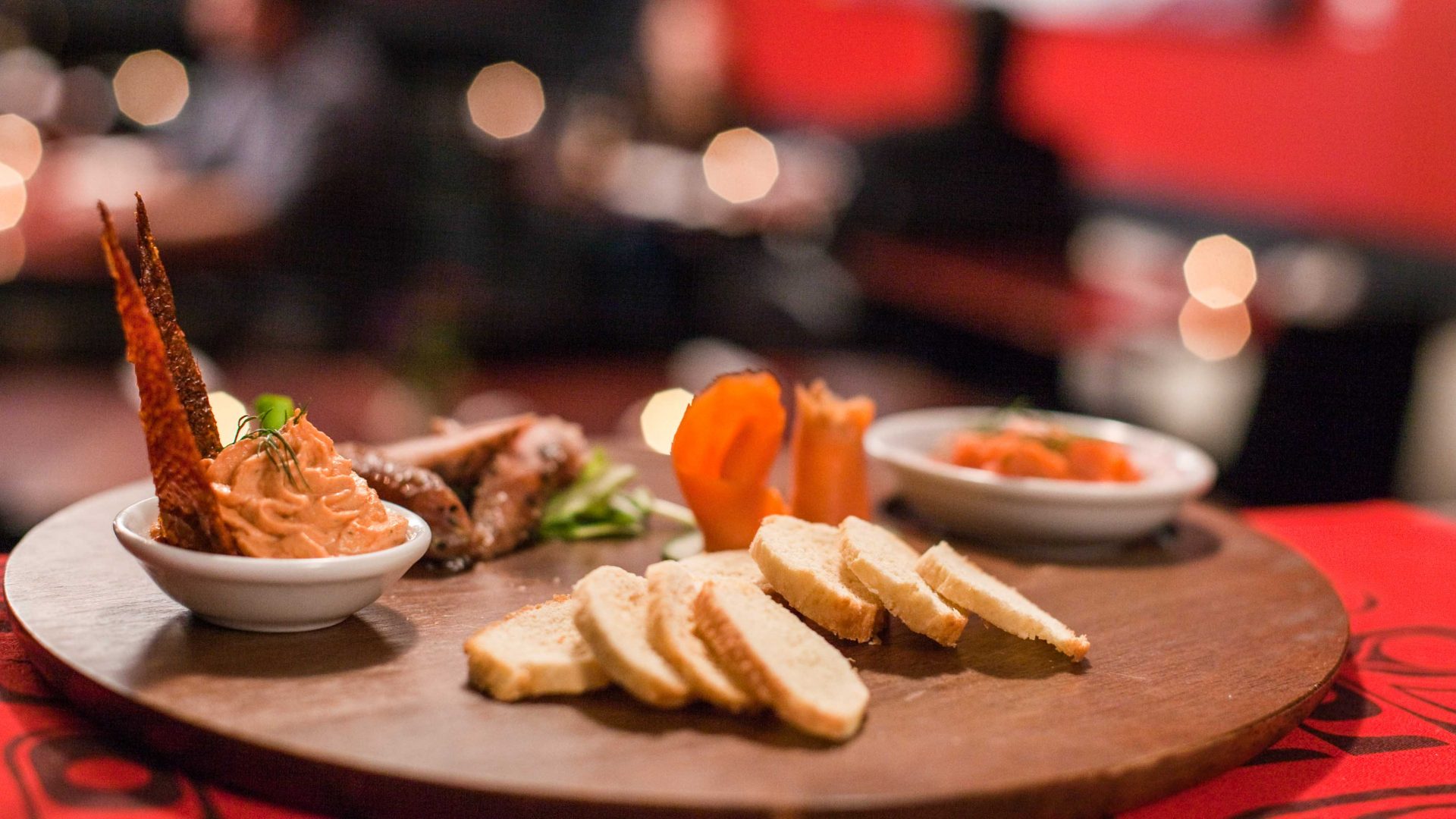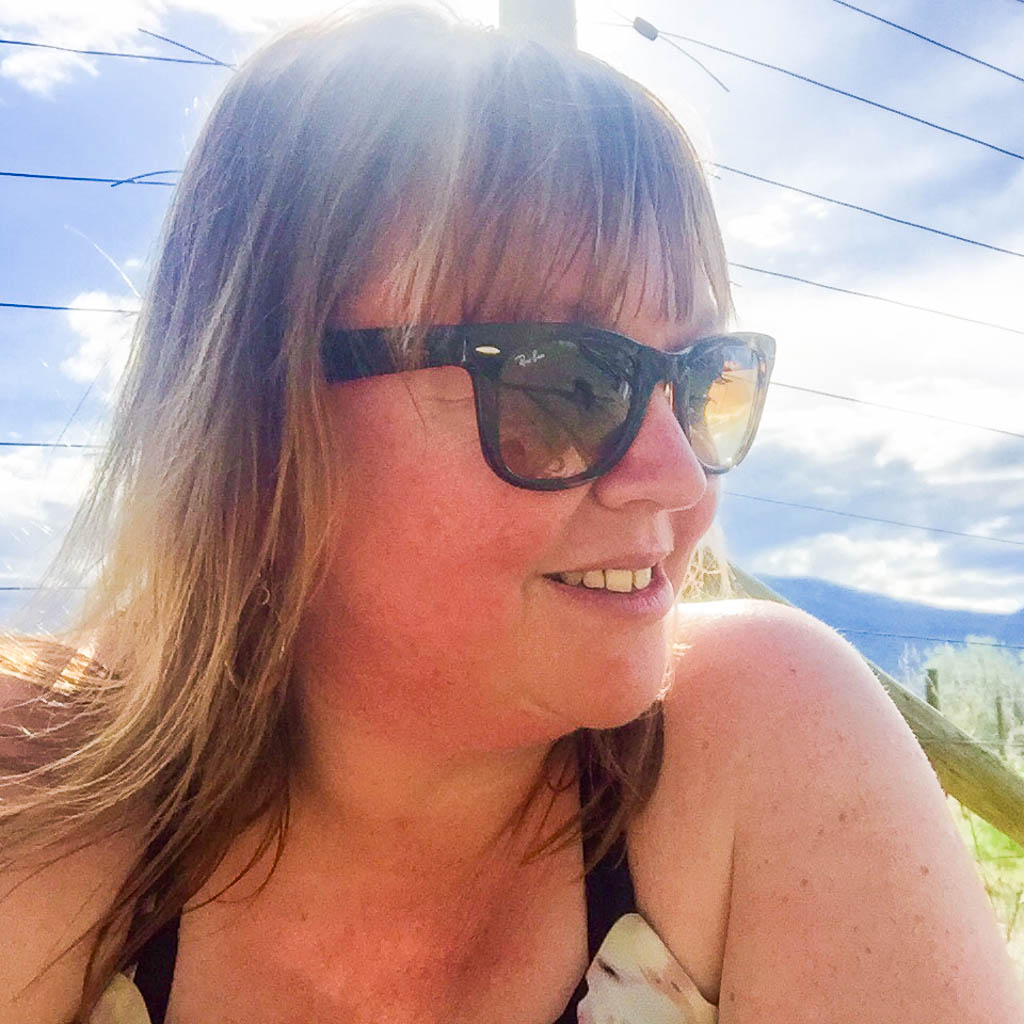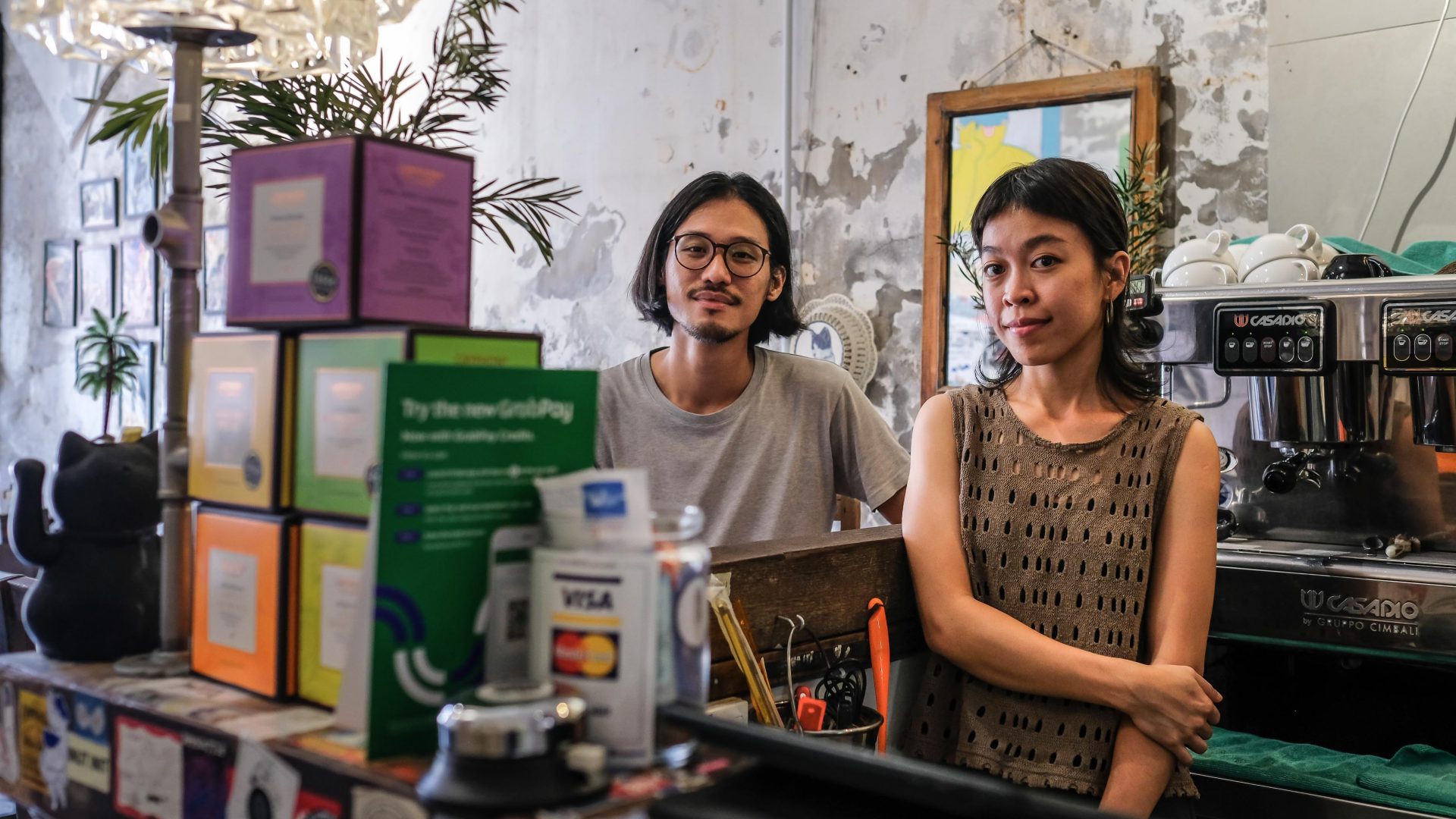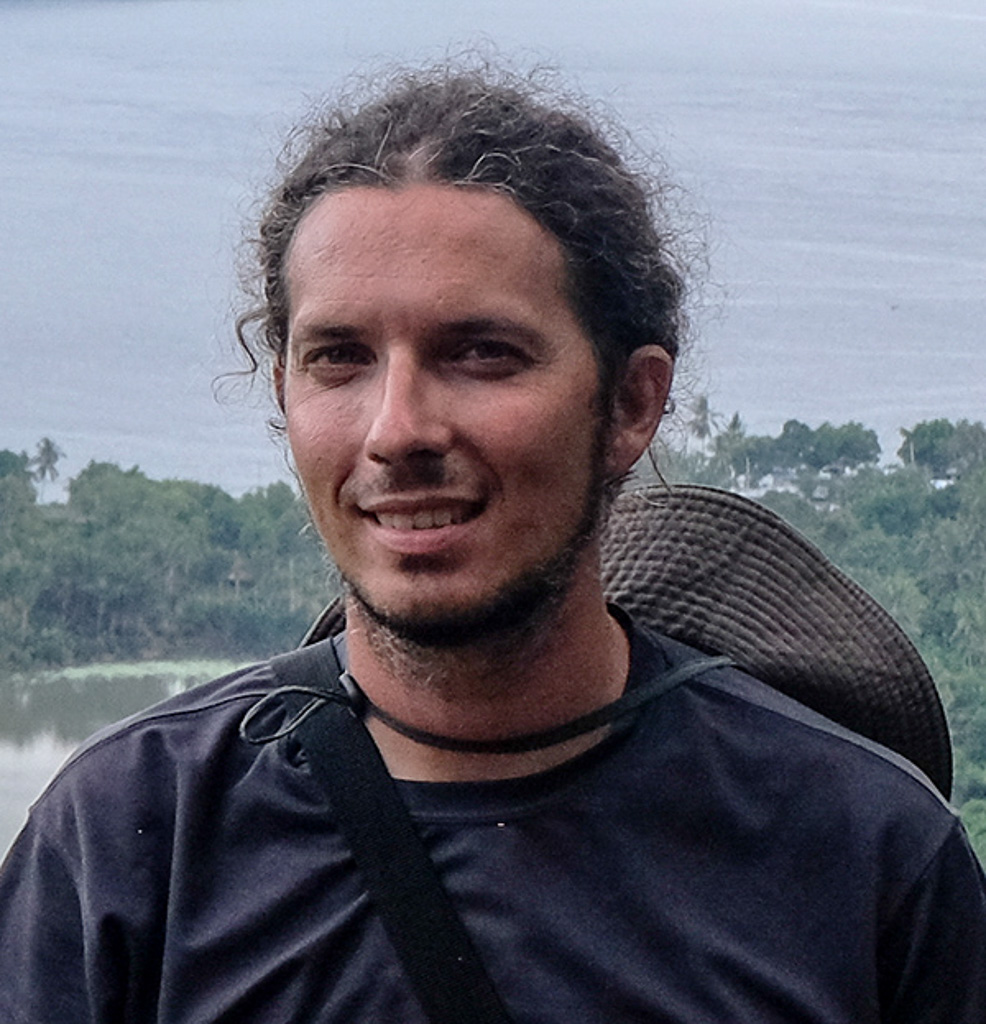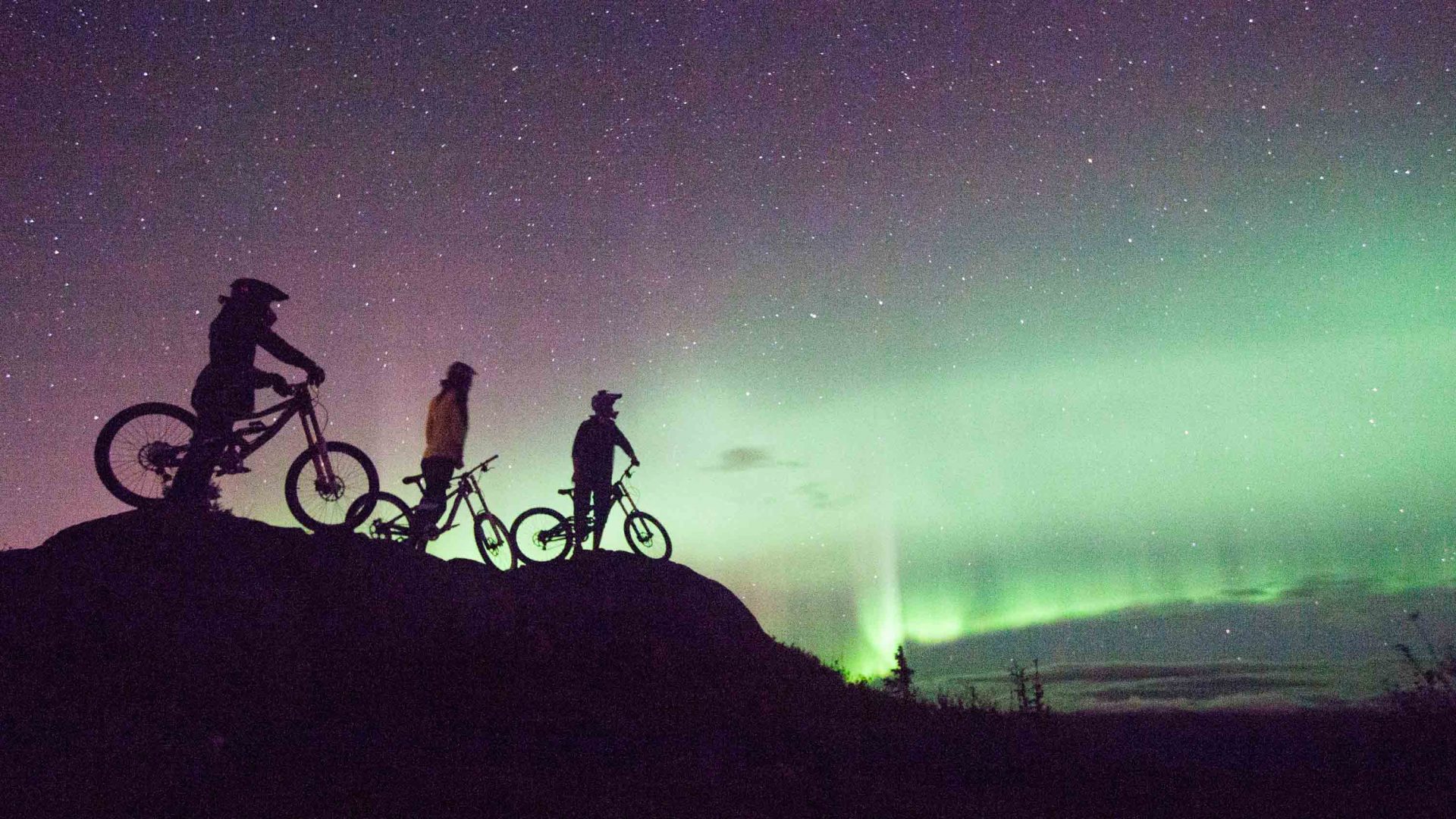Thanks to a tight-knit community determined to make their town whole again, the small Canadian city of Saskatoon, in the prairie province of Saskatchewan in Western Canada, made the New York Times’ ’52 places to go in 2018′ list. Kristin Kent goes for a look.
Saskatoon has never been on my list of places to go. In fact, I’d wager no Canadian in history has ever said, “Saskatoon, man, I have to get there someday!” So why, in 2018, am I hearing so much buzz about it?
Once a city to run away from, the kids are now coming back. Culture is brewing. The music is getting louder. The art, more experimental. Young chefs, brewers and distillers are using hyper-local ingredients you’ve never heard of: Mis-ask-wat-o-mina. See?
“It’s an embarrassment of riches for a city this size,” says Shawn Moen, co-owner of 9 Mile Legacy, Saskatoon’s first nanobrewery in the revitalized Riversdale neighborhood. “And there’s very little bullshit, we’re authentically friends with each other,” he says of the multicultural and socioeconomically diverse community.
Both he and his business partner left established careers to pursue their brewing ambitions—and they’re not alone in their wild-eyed pursuits. This city is teeming with big dreamers who are making a mark and reshaping the town, the largest in the western Canadian province of Saskatchewan.
RELATED: Road tripping Canada’s surf highway
Riversdale was the center of illicit commerce with a 42 per cent vacancy rate. Drug use, prostitution and violence were the norm. Two seedy hotels sat across the street from each other. “It was like a war zone, you didn’t want to risk driving into that crosswalk and getting stopped at a red light,” adds Randy Pshebylo, the unofficial mayor of the neighborhood, who I meet by chance while parking the car. Around 2005, fed-up residents started to engage. One of the hotels was bulldozed. Locals lobbied for the same services other parts of the city received, such as beautification projects. “We think we’re worth it,” says Pshebylo.
Saskatoon, where just 250,000 people live, is known as The Paris of The Prairies, for its winding river and seven bridges. It is also in the province of Saskatchewan, the breadbasket of Canada, with 44 per cent of Canada’s farmland. I’m a mountain girl and this is my first time in The Land of Living Skies—the nickname given to Saskatchewan in honor of the provinces famed sunsets, sunrises, auroras and cloud formations. As I walk with grain farmer and distiller John Cote, owner of Black Fox and Farm Distillery, I can’t help take a moment to admire the endless colorful fields and the piercing sound of silence. “Our gin finances are whiskey habit, and our flowers finance our gin,” says Cote, as he plunks what looks to be a flattened blueberry into my hand. “It’s a haskap, try it,” he says. I do, and I’m soon thinking of ways I can smuggle a caseload of the creamy-sweet berries back home with me.
For lunch, I head to the Local Kitchen, a food incubator where cooking classes are held. Here, I meet Jenni Schrenk, an indigenous chef who forages many of the ingredients she serves. She pushes my palate another way. On today’s menu is coyote mint, pickled cattails and Labrador tea. “I call it field to shield cooking,” she says. “Until recently most people here didn’t even know what lentils were,” she says, noting Saskatchewan is an export economy. “But now people are trying things and saying, ‘wow, I didn’t know this was in my backyard.’” This excitement of the ‘for local by locals’ movement is palpable, and it’s everywhere I go, with neighbors cheering on neighbors for being badass in their respective crafts. Take Adam Finn, the master cobbler and owner of Last Shoes, who I meet that afternoon when I pop into his shop to have a look at his wares. Finn mastered his craft in Montreal but chose to open his store in Saskatoon. “People here really appreciate quality. I can’t imagine running a business in another city,” he says.
